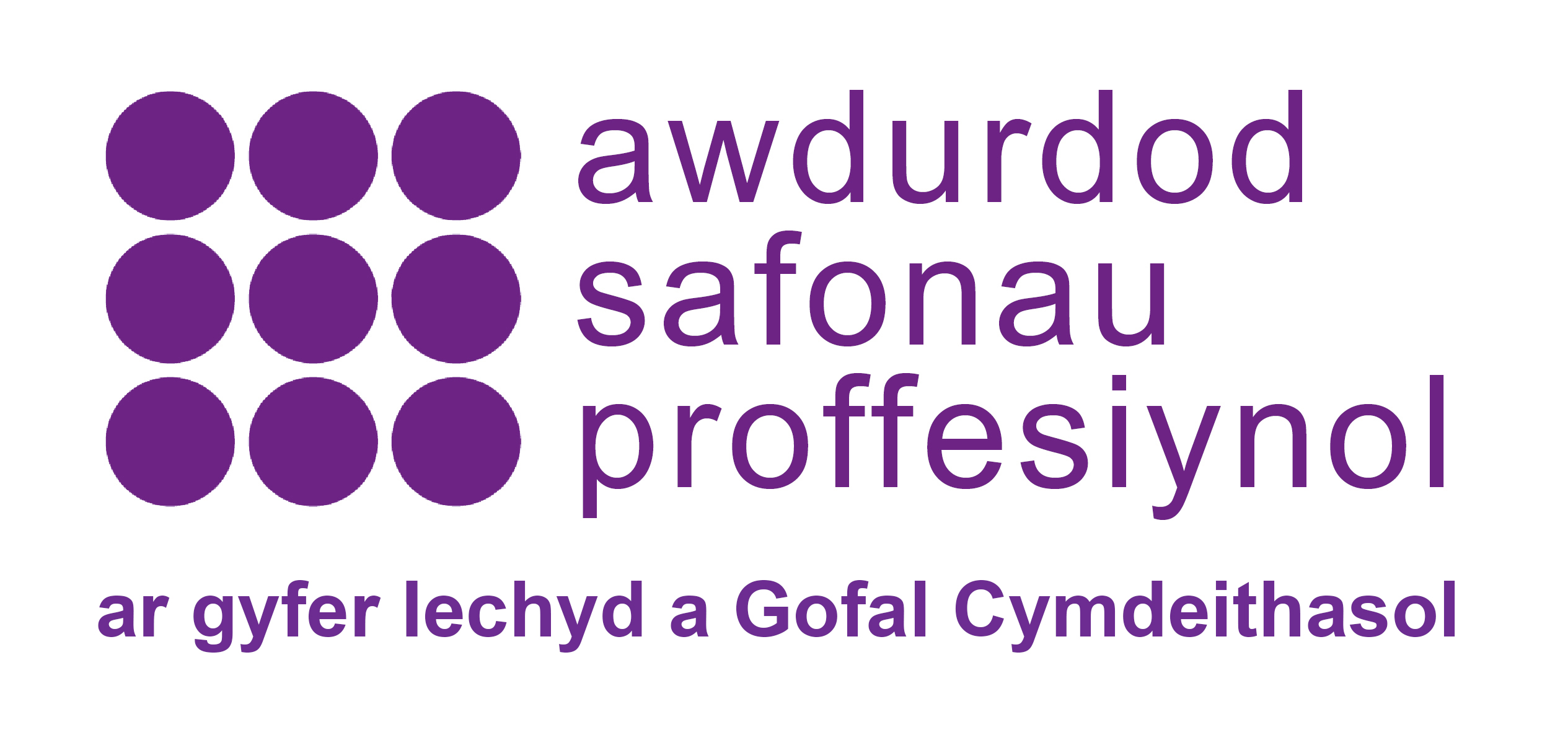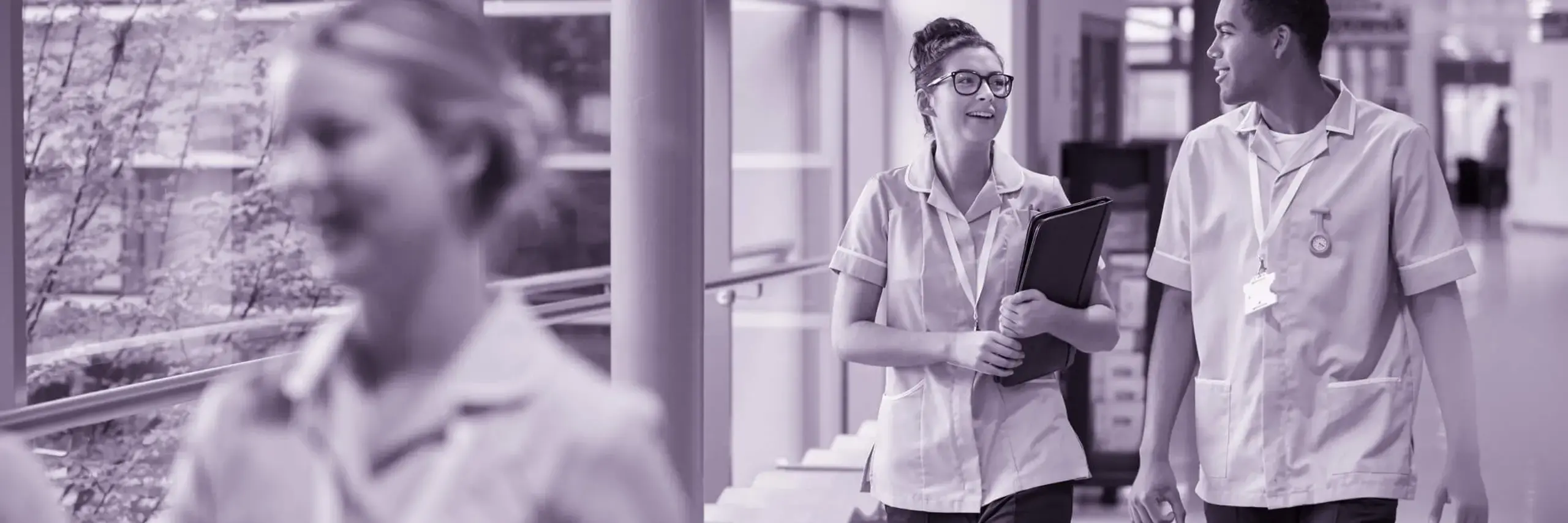Main content
Cognitive biases in fitness to practise decision-making: from understanding to mitigation
10 Jun 2021
In healthcare regulation, concerns about the behaviour or practice of professionals could be dealt with differently in the future. Not by computers – we’re not there yet – but by one or two employees of the regulator, in an entirely paper-based exercise, reaching an agreement with the professional. This new process is known as accepted outcomes. It is different from what happens now, where the vast majority of cases are decided by a panel in a set-up resembling a court room, with the professional and witnesses being questioned, and a decision being reached by a panel following private deliberations. This model will continue to exist for cases that are disputed by the professional, or if it isn’t possible to make a decision on the papers alone.
These are two fundamentally different methods for reaching a decision in what is called ‘fitness to practise’, and we believe that in order for the new approach to succeed, we need to understand more about how it will work in practice.
Building on a literature review that gave us a general understanding of decision-making, we asked an expert to look at cognitive bias specifically in fitness to practise. Leslie Cuthbert, a lawyer with experience of chairing fitness to practice panels, looked at the two models, panel hearings and accepted outcomes, to identify the biases most likely to affect each. In his report, Leslie explains that ‘cognitive biases are mental shortcuts which reduce the cognitive load on an individual but bias the way attention is then allocated in processing data the individual receives.’ They play a huge part in how we, humans, make decisions, and that is why we’re interested in them in this context.
Specifically, we asked Leslie to think about what biases might come into play when decisions are made:
- consensually with the professional
- on the paperwork alone
- without deliberating as a group
- behind closed doors.
I won’t attempt to summarise the biases he identified – they are numerous and varied. What is clear however, is that each method of decision-making has its own set of weaknesses, that we, and the regulators, need to be alive to. This is so that we can attempt to address them – and Leslie suggests some helpful, practical strategies for this. But it is also to ensure that regulators in the future know which of the two models, accepted outcomes or panel decisions, works best for different cases. Concerns about healthcare professionals come in all shapes and sizes – from a simple drink-driving conviction, to complex failings in care. In some, the paperwork will be less than a hundred pages; in others, it may be hundreds of different documents amounting to, literally, thousands of pages.
It’s about using the right tools for the job.
Leslie suggests that paper-heavy cases, those with more ambiguity or missing information, and those where more interaction with the registrant is required, would be better dealt with by panels. This echoes our own findings from our review of accepted outcome decisions made by Social Work England in its first year.* He also sees panels as better placed to deal with cases where there are cultural considerations, provided the panels themselves are sufficiently diverse.
What is eminently clear from the advice is that human decision-making is flawed and complex. It is nonetheless the best and only method we have to reach decisions in fitness to practice, where each case must be viewed on its own merits, and the decisions affect lives and livelihoods.
The practical advice that Leslie has provided is mitigation for the biases identified – and we must make as much use of these sorts of strategies as we can. But some expectation management is needed. Even with these mitigations in place, there will be mistakes, because we are all human. And because of the sector we work in, mistakes can put patients and the public in harm’s way.
The Professional Standards Authority was set up to play a dual role of (a) helping to prevent mistakes, by reviewing the performance of the regulators and identifying good practice in regulation, and (b) catching those mistakes that put the public at risk, through its section 29 powers to challenge poor final fitness to practice decisions. With accepted outcomes, as you can see, we are already making headway with our preventative work. Unfortunately, we may not be empowered to catch mistakes, because the Government doesn’t want to change the law to allow us to challenge accepted outcomes that don’t protect the public. If you agree that we should have these powers, we urge you to respond to the consultation, which closes on 16 June.
You can read more in Leslie Cuthbert's report.
*Social Work England has been running a similar process to what is proposed in the Government consultation, though with a few differences.
Find out more
- Cognitive biases in fitness to practise decision-making: from understanding to mitigation
- Read our guide to responding to the consultation: Three things to get right for public protection
- Read our initial thoughts about the consultation proposals: Our First Look at the consultation or read through our FAQs on the consultation
- Read our Review of Social Work England’s process for accepted outcomes in fitness to practise cases or a summary of key findings
- Read From public hearings to consensual disposal - insights from the decision-making literature


